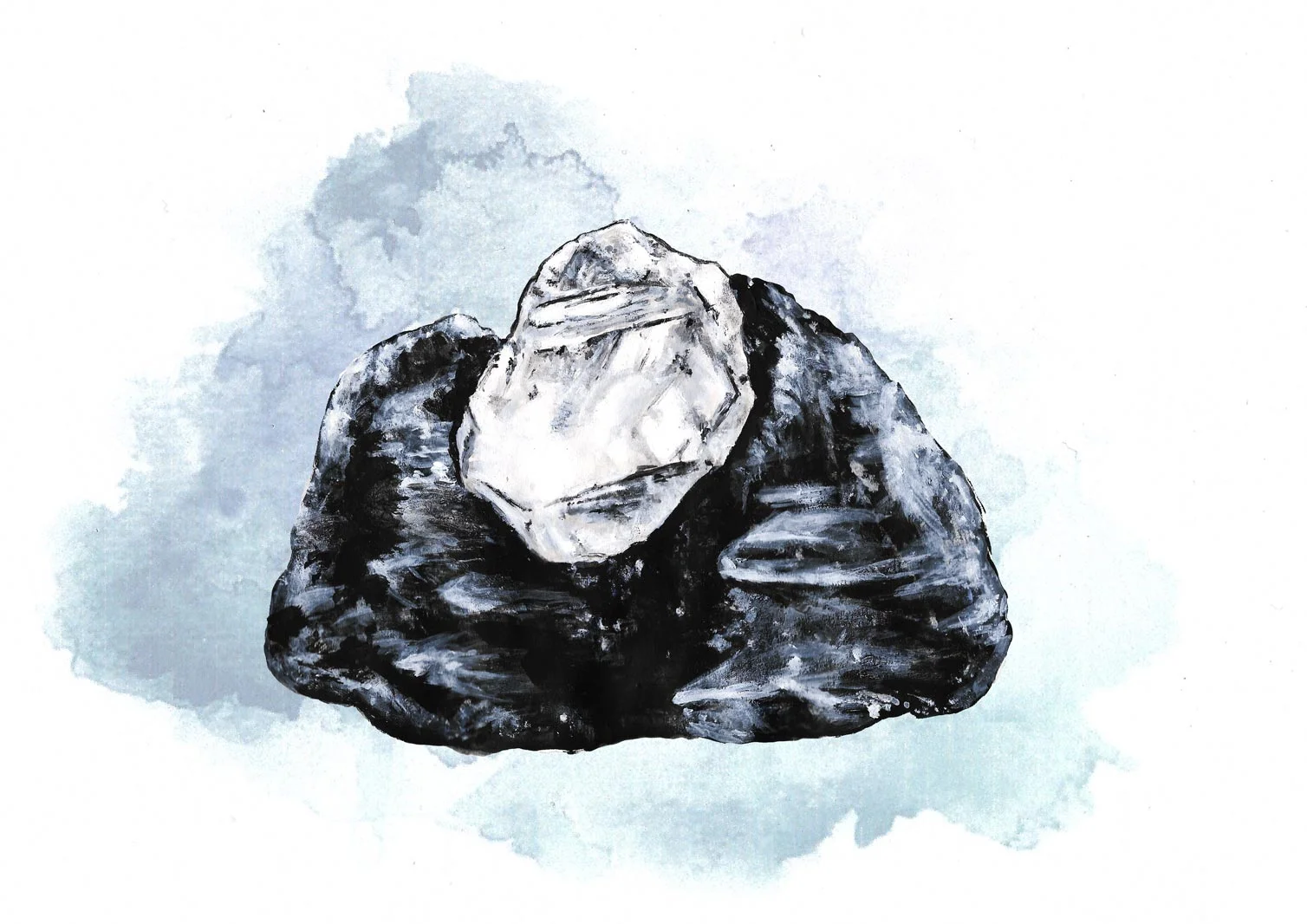Formation of a Diamond
Diamonds really are forever
Glittering from our high end watches in all their flawless perfection, diamonds seem far removed from their raw beginnings. Admiring these beautiful - and most expensive - watches has become a special rite of passage when visiting Bond Street for the first time, as the luxury diamond watches call to us in all their polished perfection. But don’t be fooled; the beautiful clarity you see today on your unique watch belies its gritty beginnings. The sheer grit and endurance it has taken to able them to come into being is the reason why these gems are so special, however. Formed over three billion years ago in the Earth’s crust, diamonds really are forever - or have been around forever, at least.
Diamonds aren’t just a gift from the Earth itself, but inextricably tied up in its creation. As the Earth formed in a ball of fire and and sheer molten energy, the intense temperatures reaching a sweltering 1000 degrees Centigrade, along with unimaginably high pressures 100 miles deep into the Earth, caused diamonds to form. They weren’t immediately created in a form we would now recognise, but rather converted from crystalline carbon, which changed its atomic structure under the pressure.
Enduring symbols of everlasting love
These new diamonds would have sat under the Earth’s surface for eternity, untouched by man, if it wasn’t for powerful volcanic eruptions beginning from a point three times deeper than the ones we hear of today. Magma, which formed alongside diamonds, rapidly expanded before bursting to the Earth’s surface and taking rocks studded with diamonds with them, luckily for us.
Fitting, then, that diamonds which have not only survived under extreme pressure, but thrived in it, are enduring symbols of everlasting love today.

